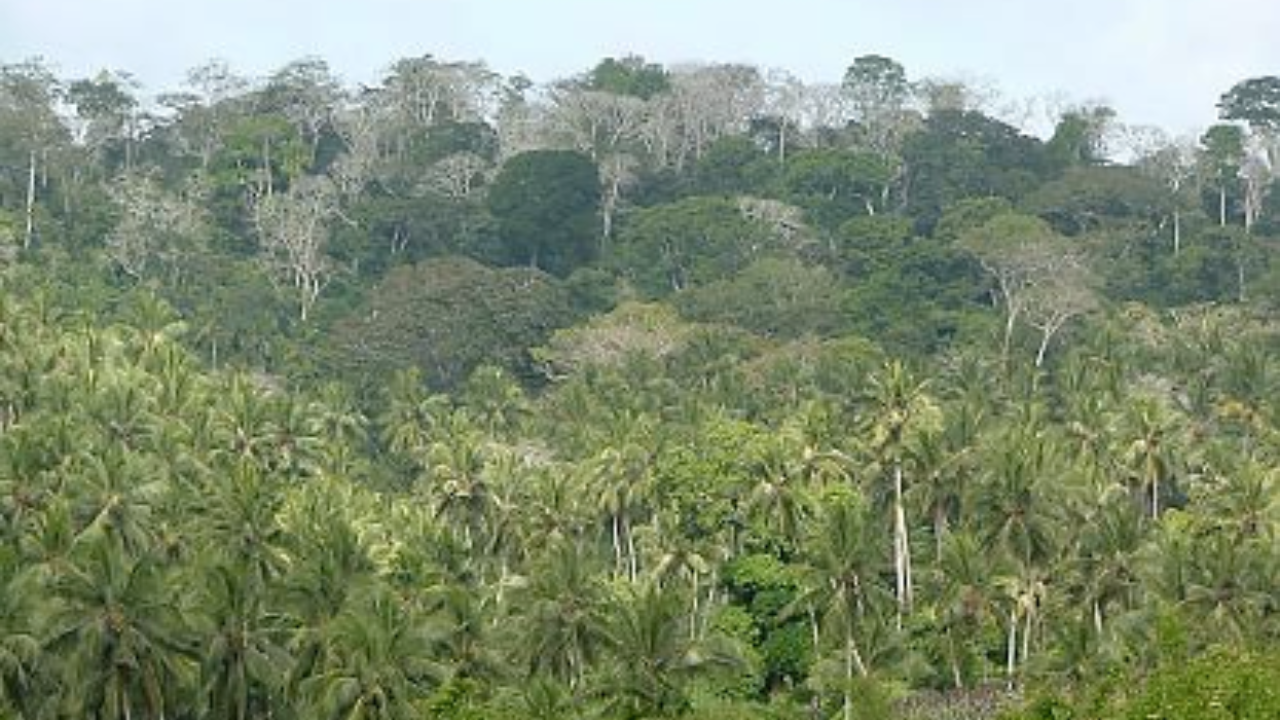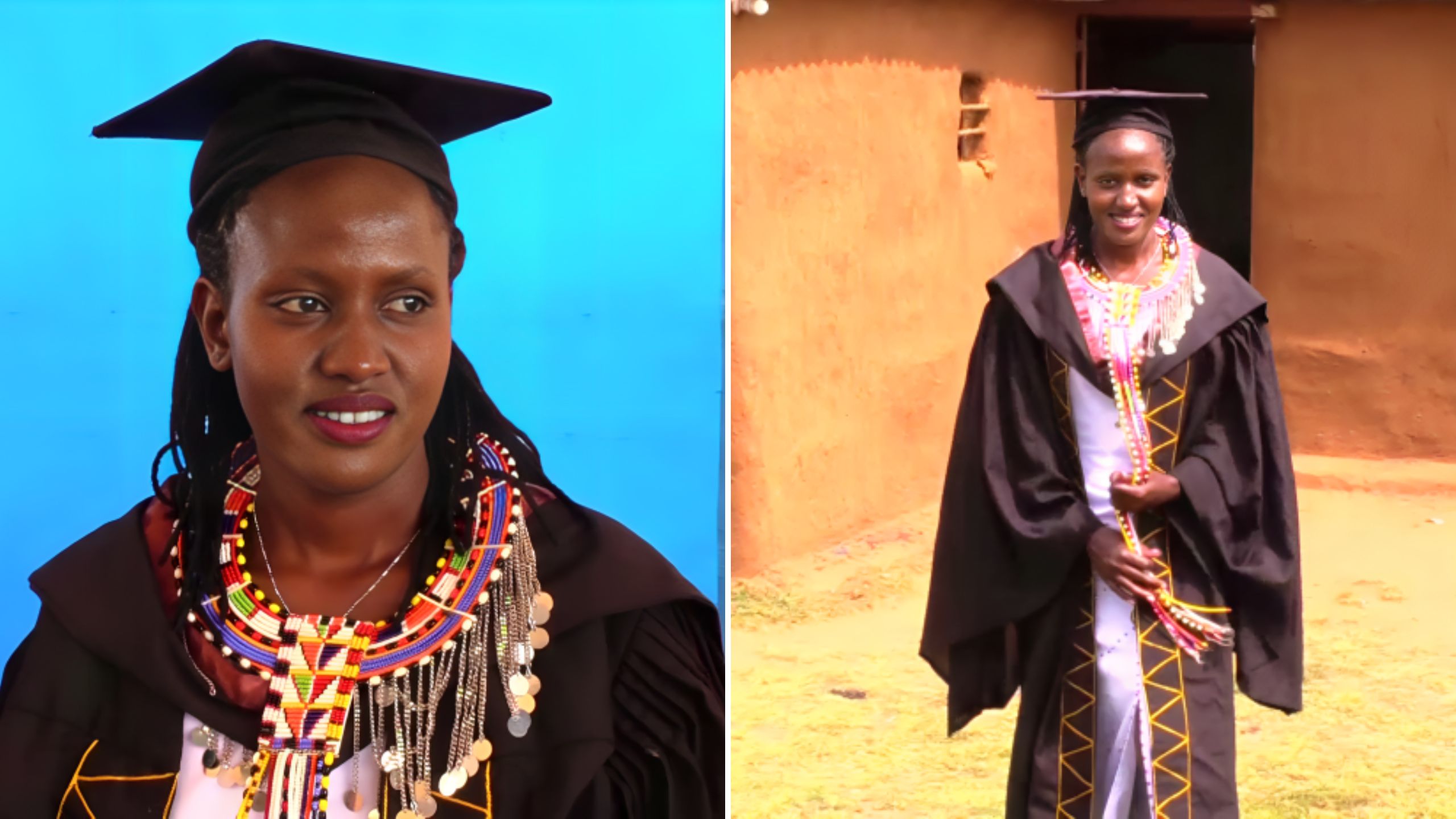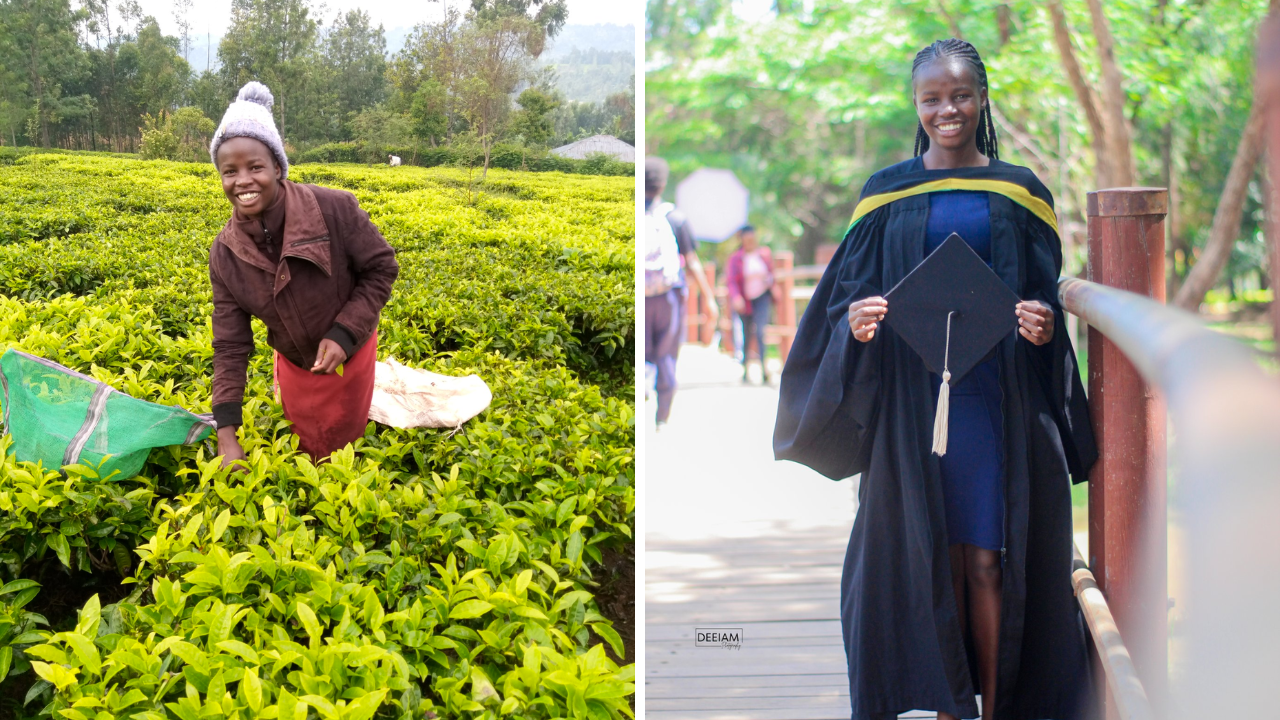Omumbwa Sacred Forest; The Forest That Connects Luhya's with their Ancestors

Located approximately a Kilometre from the Equator cutting through Maseno at Emmuli Esiandumba is Omumbwa Sacred Forest in Vihiga County.
Villagers are forbidden from setting foot in the forest lest they provoke the anger of the gods and ancestors associated with the Abanyole Subtribe of Luhya.
The forest is considered the repository of the spiritual beliefs of the Abanyole people and is seen as the sacred abode of their ancestors.
The Omumbwa is the only surviving sacred forest in the Abanyole Luhya Sub-tribe
Located about 3 kilometers from Luanda Township, the indigenous forest has unique plant species locally known as 'Omusenjeli' and 'Omurumba'. It also boasts of the giant yellow mulberry, African wild olive and large-leafed Cordia.
The traditional elders involved in conserving the forest are led by Mzee Javan Haggai Omondi, 86, who notes that warriors, chiefs and sons of the Abamuli clan who had made great accomplishments were buried there in a sitting position.
A myth is also held of Omumbwa a valiant, imperious and gruesome army commander of Abamuli military machine who achieved rare battlefield feats and is interred here.
"The burial of 'General' Omumbwa by our fore bearers in this forest was given special attention by the whole Abamuli clan. The body was wrapped in a fresh bull hide known in local dialect as eliselo, and buried in a round grave in a sitting position with his head protruding on the ground. His drinking straw we call olutsekhe, was inserted in the mouth and head covered by a pot into which two holes were drilled." Mr. Omondi reminisces.
According to Omondi, the community has developed its conservation by-laws, which have received support from the Kenya Forest Service, as it sought to collaborate with the County Government of Vihiga in conservation and management of the forest.
The 12km square kilometre of Omumbwa forest which is helping the neighboring communities escape the adverse effects of climate change, such as flooding and landslides first faced its biggest threat in 1927 when colonial authorities hived off huge portions to pave way for the construction of the Luanda-Butere railway line.
The forest now faces a new threat like shrinking land sizes with the conservationists stating that the drive to conserve the sacred forest involves promoting alternative livelihoods for the residents of the area by encouraging both levels of government to woo investors and enter into strategic partnerships.




